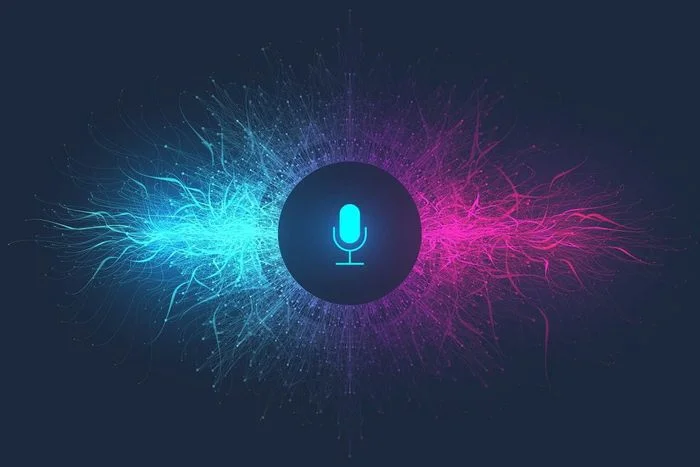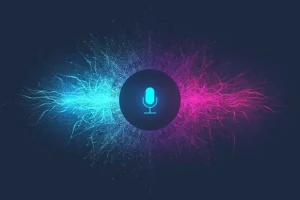
Is Using Speech to Text Translation a Good Idea?
If you’ve ever used a translation app to help you communicate with people in other countries, you’re probably familiar with the speech-to-text feature. This feature allows you to speak into your phone and have it translate your words into another language in real time. While this is a handy tool for travelers, some business owners are wondering if they should start using speech-to-text translation in their own businesses. In this post, we’ll take a look at some of the pros and cons of using speech to text translation in the workplace.
Translating speech to text is an AI-based process that can be accurate. It’s helpful for those who want their words translated into another language with ease and precision, but it has some limitations too!
What does speech to text translation mean?
Speech to text translation is a process of turning spoken words into written form and then translating those same speech transcripts from one language to another. There are three methods for doing this – either human powered transcription services, AI-powered software programs or even some combination thereof!
Speech to text AI has become a fundamental part of our lives over the past few years. From dictated messages on cell phones or using smart speakers, we have interacted with speech to text algorithms and most of us probably experienced their shortcomings firsthand!
The accuracy rate of speech to text transcription is not perfect, with auto generated transcriptions producing around 70% to 85%. There are other machine learning and AI translation challenges when relying on automation alone. As such their output should always be checked by humans for mistakes.
When you are localizing a video project, the accuracy of your results will be greatly reduced if you use speech to text alone. You need to make adjustments for this decrease in quality for the sake of efficiency, by having experienced, professional translators make any necessary revisions related to meaning and intent.
Speech to Text Translations for Video Can Be Tricky
Video projects present a unique challenge in their complexity when it comes to translation and localization. This includes formatting subtitles and localizing any text from graphics on-screen to match the timing for each language version properly. This process can be time consuming depending on how big your project’s audience will be and how many languages you need localized. Another example would be if the video content is conversational in nature.
For example: A video recording from a speaker giving an impromptu talk at a conference often has little organization behind it; there is no set script the presenter is reading from. This means, transcription is needed as a first step.
With the help of speech recognition technology, people can easily turn words into translatable text.
When to use speech to text translation tools
The use of artificial intelligence (AI) algorithms to convert speech into text has been a great help for those who want to streamline the translation process. For example, the time needed to transcribe and translate a one hour long conference presentation can be significantly reduced using this technology as opposed to having someone transcribe it by hand to start.
What’s the best way to save time? Automation. One hour of conversational language comes in at around 8,000 words on average. This may seem like a lot but with today’s technology and tools this can be done much faster! Even with the additional step of manual checking and correction, there is certainly a benefit to using speech to text automation.
The complexity of video projects makes any time saving valuable. Translation is usually the last stage in a long process and time for translation often gets cut down as other tasks run longer than expected. For this reason, text to speech for video translations can help efficiency, and be more cost effective.
How to use speech to text translation effectively
When you want to localize video content for a variety of languages and cultures, it’s important that the process is as smooth-moving. With these simple steps in mind your speech text translation will go much better:
- Early cooperation is the key to successful video translation.
- Contact your translation service provider as soon as possible after you’ve chosen them so that they can produce quality work and provide an accurate estimate of costs for both editing or subtitling videos, depending on what is needed.
-
Provide the correct files, in the correct format.
- Be clear on deadline and turnaround expectations
These are a few reasons why it is so important to consider all of the factors that affect a video localization project before getting started. It will help things run smoothly, and help the best quality version of the localized video be delivered.
To speak with a specialist that can help you through the video localization process, give Gotham Lab a call.



Comments are closed